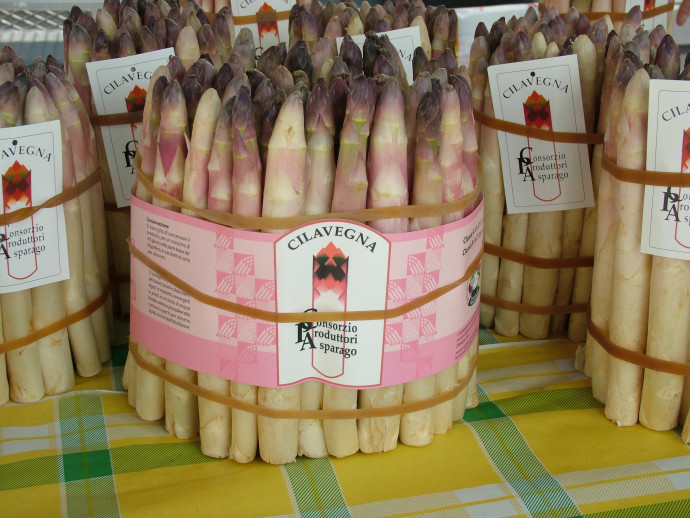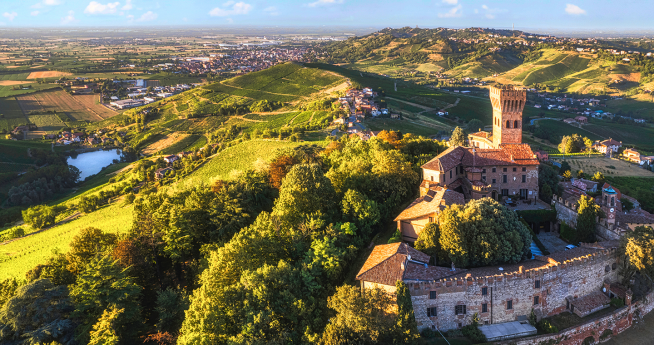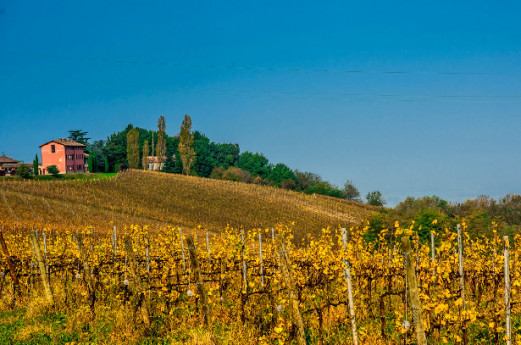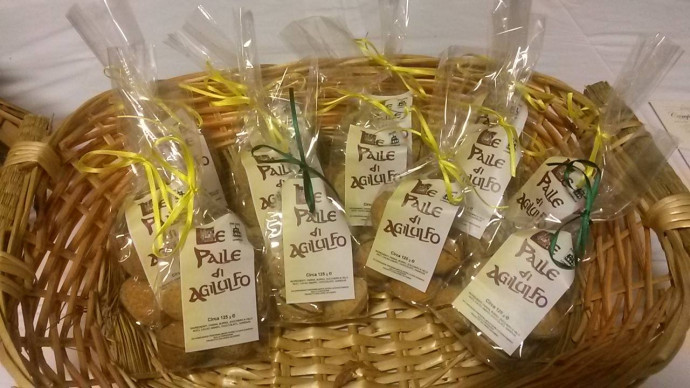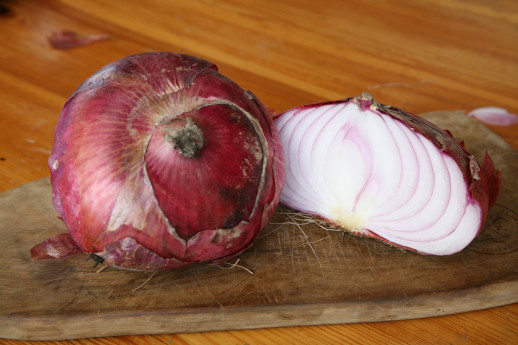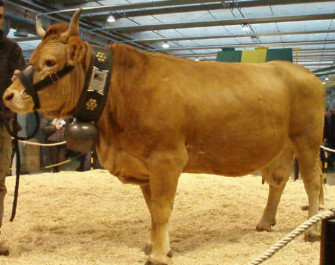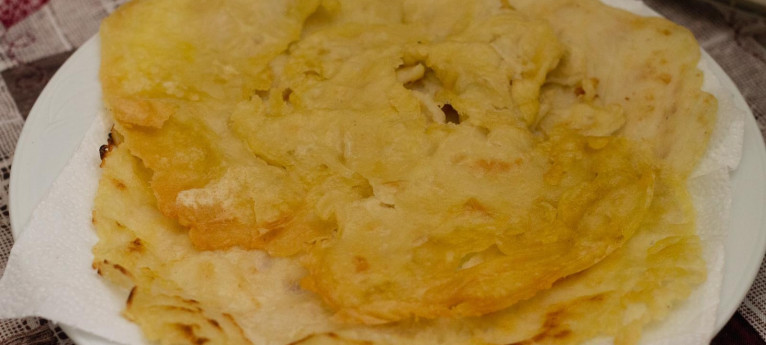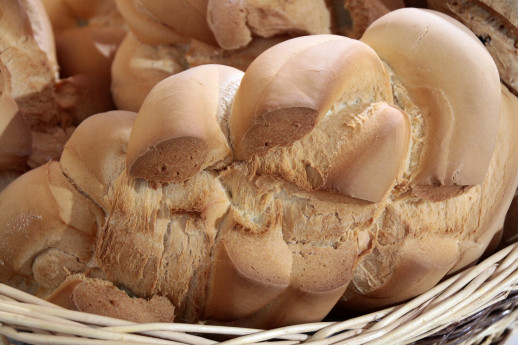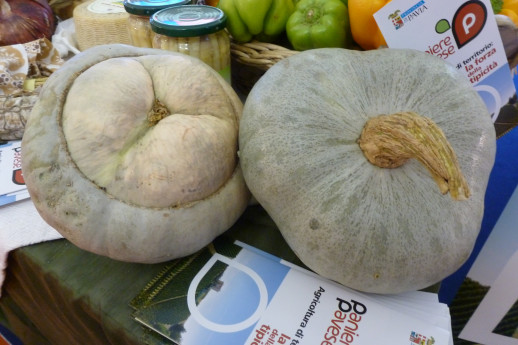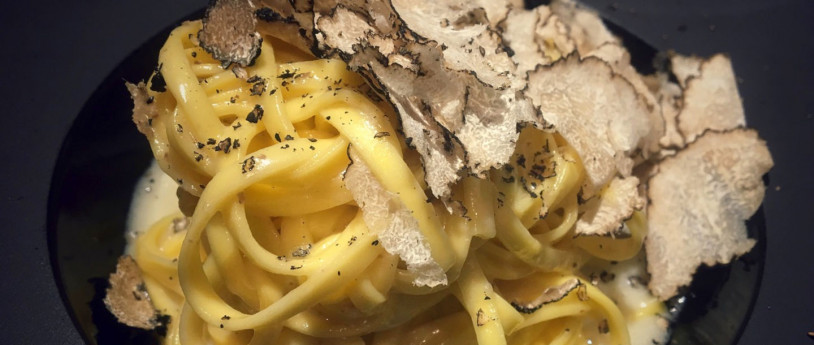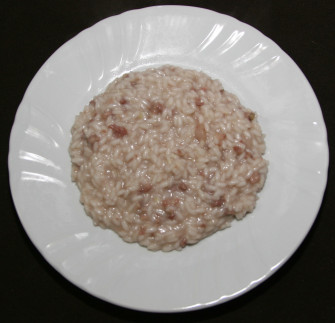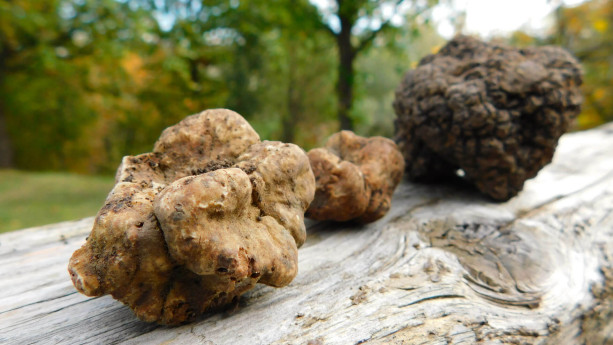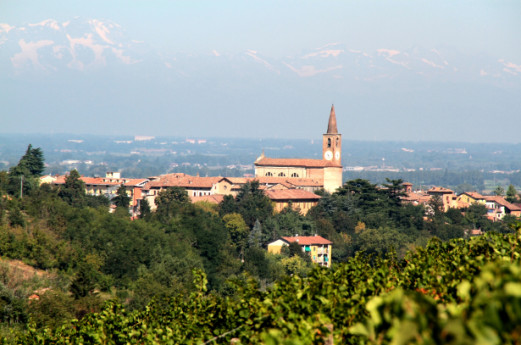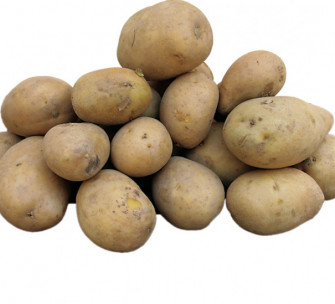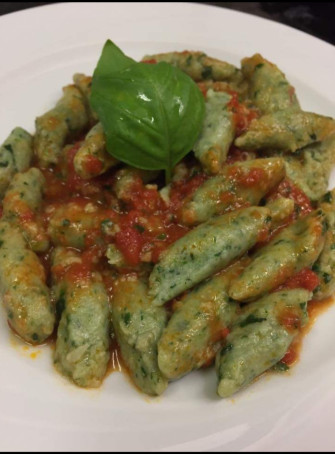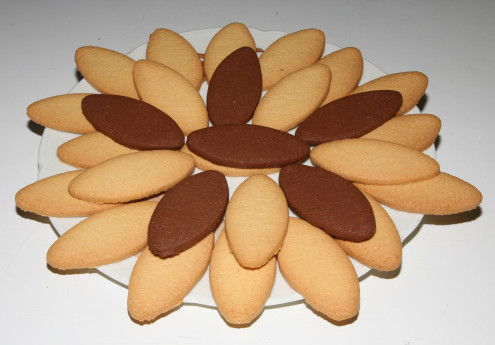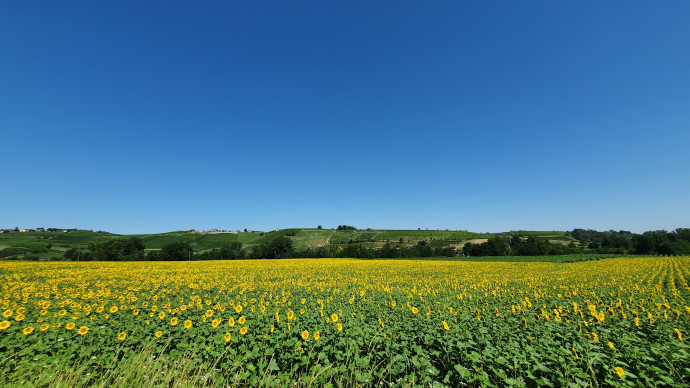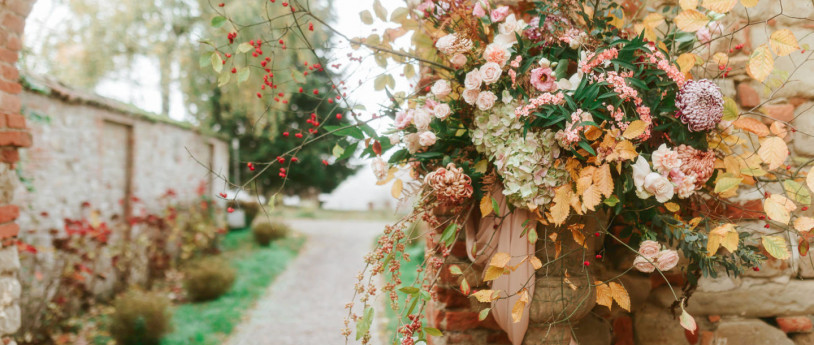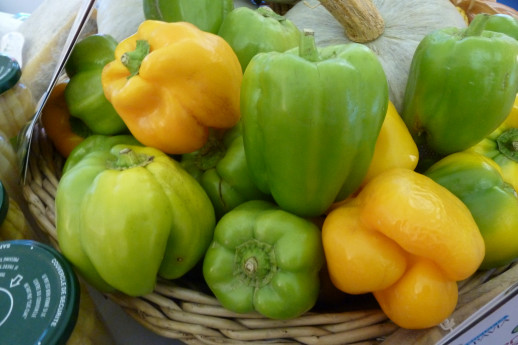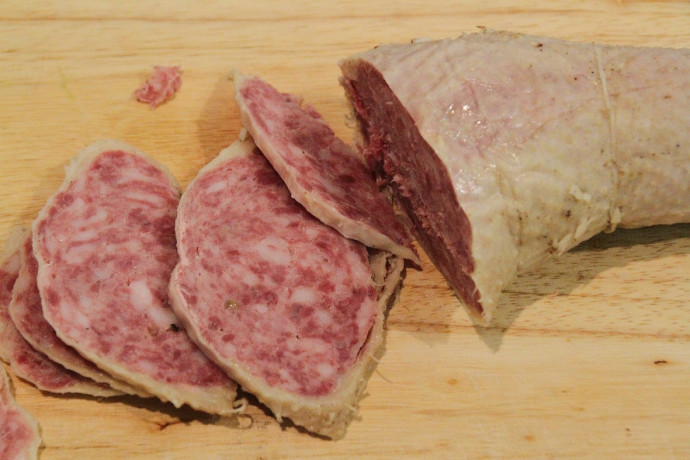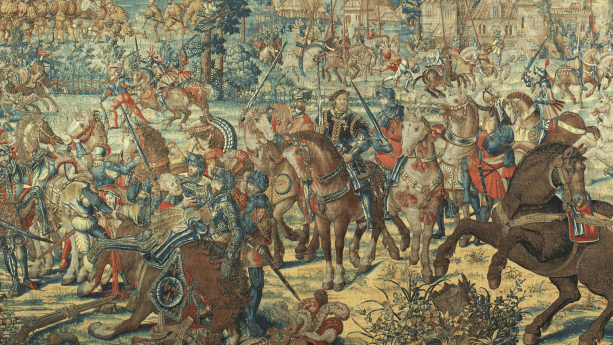- Food & Wine
The Truffle of Oltrepò Pavese
The Truffle of Oltrepò Pavese
The truffle is a tuber-shaped fungus that grows underground, consisting of a fleshy mass called the gleba and covered by a protective outer layer known as the peridium. Composed mainly of water and mineral salts, which it absorbs from the soil through the roots of the tree with which it lives in symbiosis, the truffle forms and develops near the roots of poplars, lindens, oaks, and willows, eventually becoming a true parasite.
The truffle’s color, flavor, and aroma depend on the type of tree near which it grows: oak gives it a more intense scent, while linden enhances its aromatic qualities. The texture of the soil also affects its shape: in soft soil, the truffle remains smooth, whereas in compact soil, it becomes knobby and irregular as it struggles to grow. Truffle hunting relies on the help of trained dogs and their keen sense of smell. To fully appreciate its aroma and delicate flavor, the truffle must reach full maturity. Its taste is usually sweet and delicate, with a scent reminiscent of moss and mushrooms, similar to the earthy fragrance of the forest after rainfall.
While the black truffle is the most common variety, the prized and rarer white truffle can also be found below 600 meters of altitude. Ideal for risottos, the truffle can be freshly sliced over pasta, and in recent years, controlled cultivation has been introduced alongside natural production.
Thanks to its diverse and favorable habitat, Oltrepò Pavese is home to all 44 known truffle varieties, making it a true truffle paradise. This prestigious delicacy has been renowned since the 19th century, when botanist Carlo Vittadini, a professor at the University of Pavia, founded the science of "itnology" in 1831—the study of truffles, the fragrant “diamonds” of the culinary world.
(SOURCE: HTTPS://WWW.BUONOASAPERSIPAVIA.IT)
Other links
FacebookLa miniguida
ARTOP: The Truffle Hunters’ Association of Oltrepò Pavese
ARTOP, the Associazione Ricercatori Tartufi dell’Oltrepò Pavese (Truffle Researchers Association of Oltrepò Pavese), brings together around 200 truffle hunters from Pavia who search for truffles in the “Vittadinian” territories of Oltrepò Pavese, where this tradition has ancient roots.
Carlo Vittadini, who worked at the Department of Botany at the University of Pavia, made a groundbreaking contribution to the study of underground fungi worldwide with his famous Monographia Tuberacearum (1831). In his work, he frequently referenced the plains and hills of Oltrepò Pavese as key areas for truffle discovery.
ARTOP collaborates with various institutions to promote the knowledge, appreciation, and tasting of Oltrepò Pavese truffles, offering traditional truffle-based dishes in the region’s restaurants and dining establishments.
The truffle of Oltrepò Pavese, particularly from the Vittadinian territories, is a fundamental part of the region’s history and culture. Here, the art of “trifulé”—the free and independent search for truffles—has been practiced for centuries. Even today, hundreds of enthusiasts enjoy this activity, immersing themselves in nature alongside their loyal, four-legged companions.
To legally search for truffles, hunters must obtain a permit issued by the Region, which requires passing a qualification exam.
(SOURCE: HTTPS://WWW.TARTUFOOLTREPO.IT)
Where to Find Truffles in Oltrepò Pavese
- The Alta Valle Staffora is famous for its black truffles, which can even be found at high altitudes.
- The forests around Casteggio are home to white truffles, which thrive in a mild, rainy climate.
